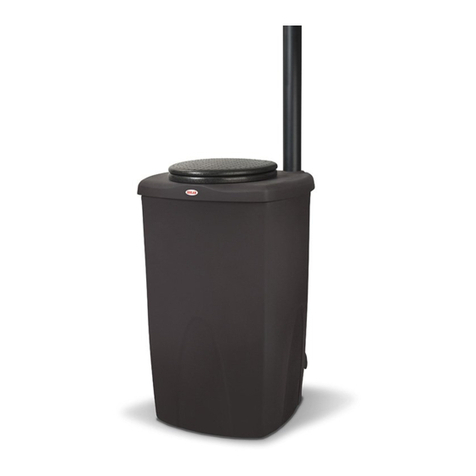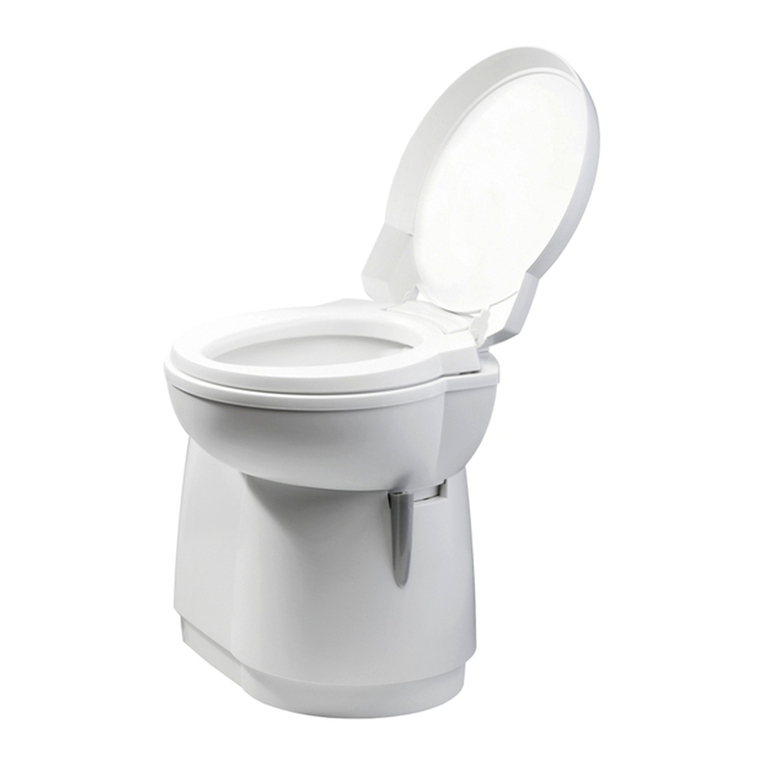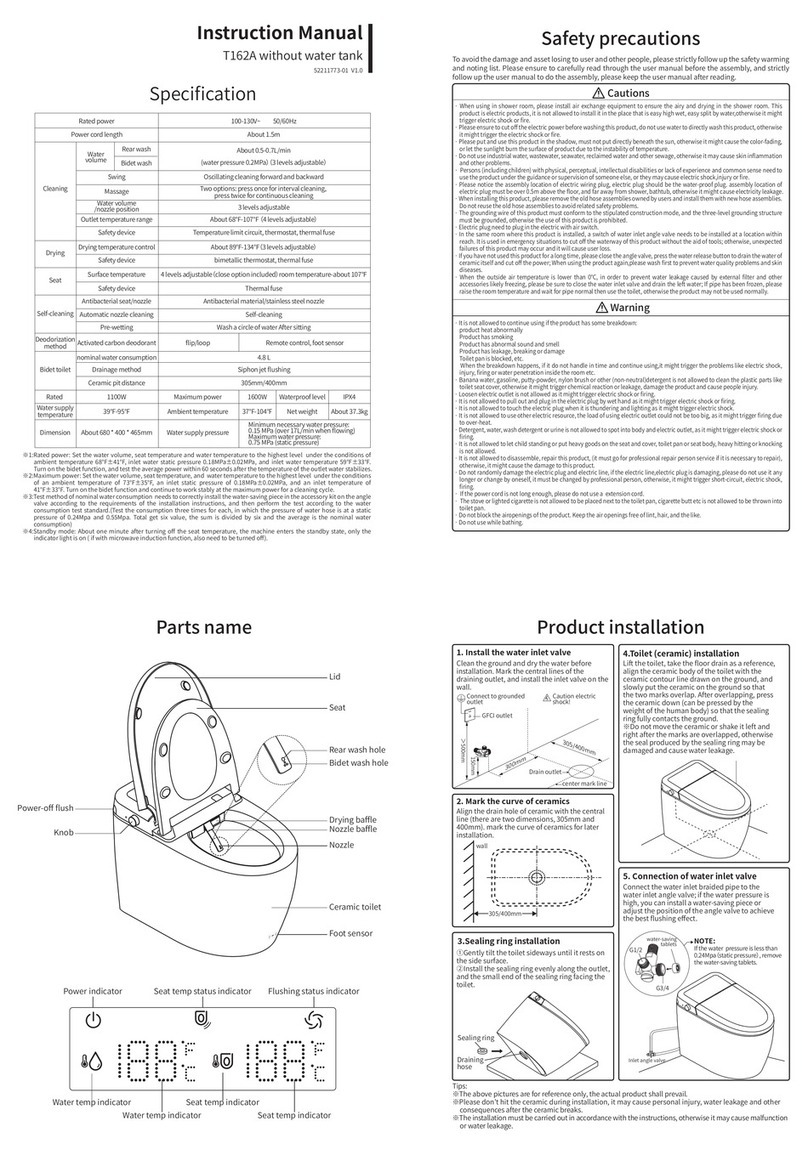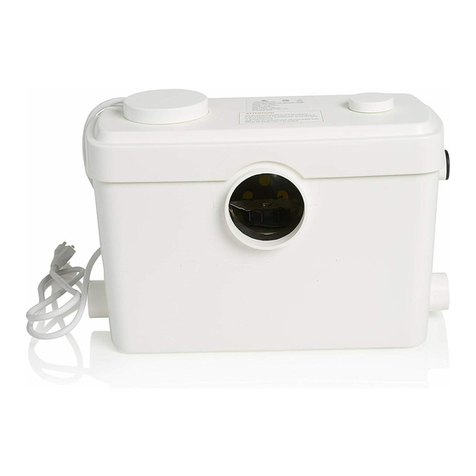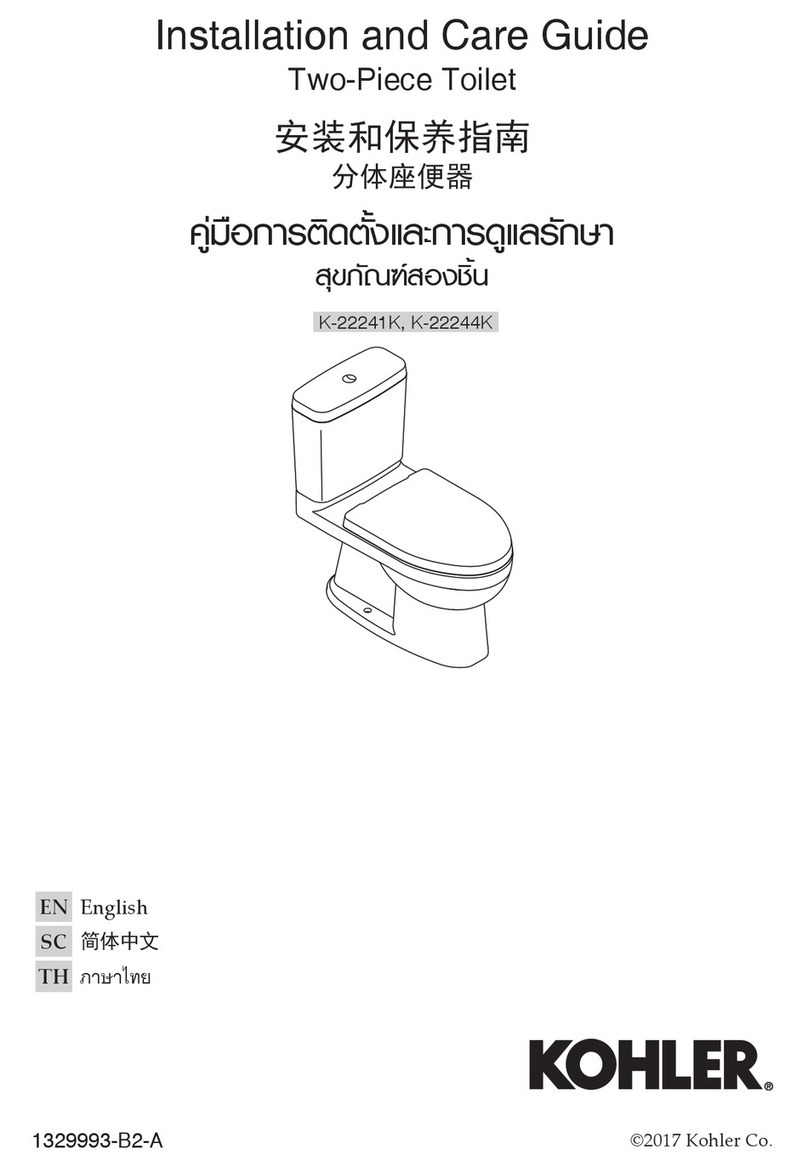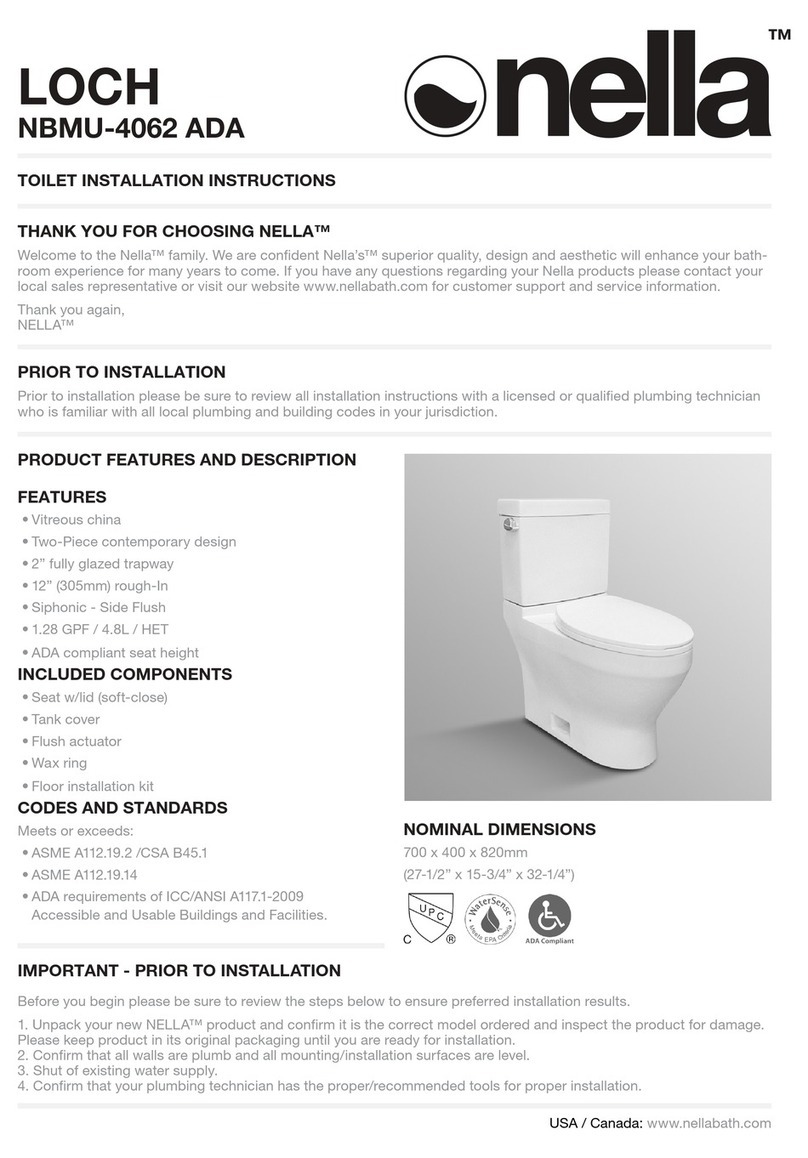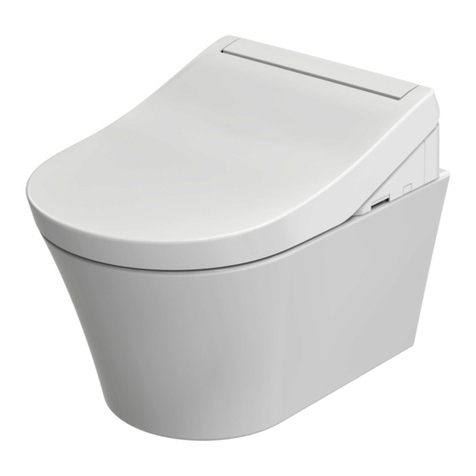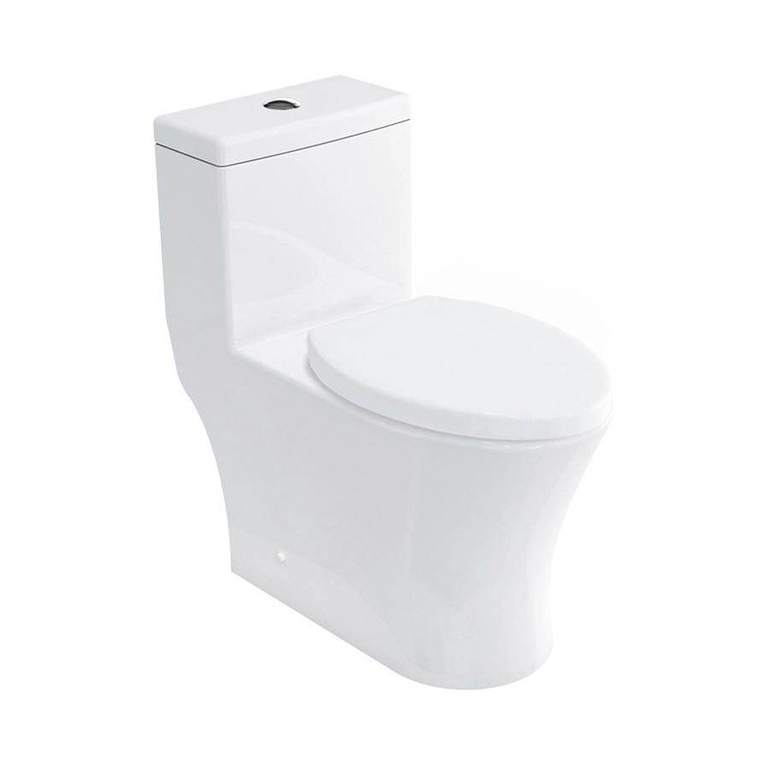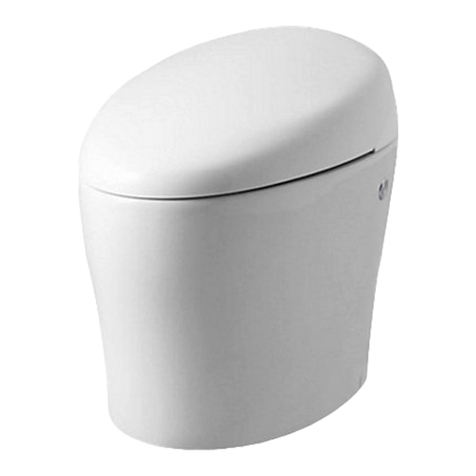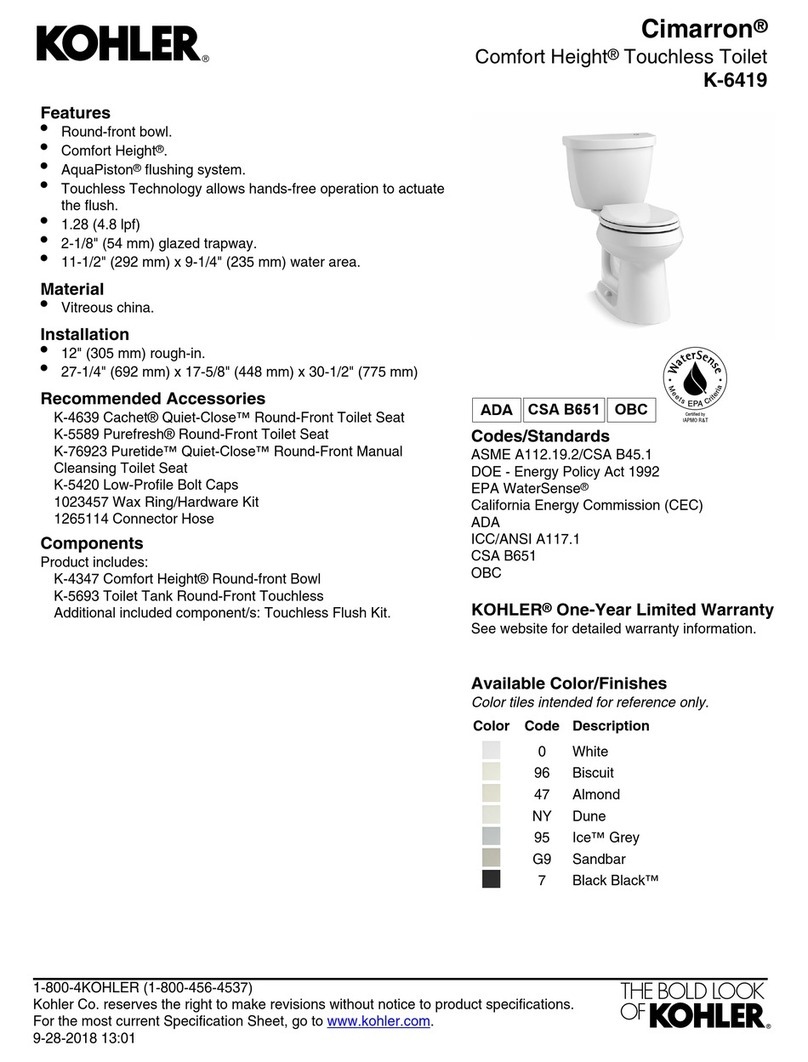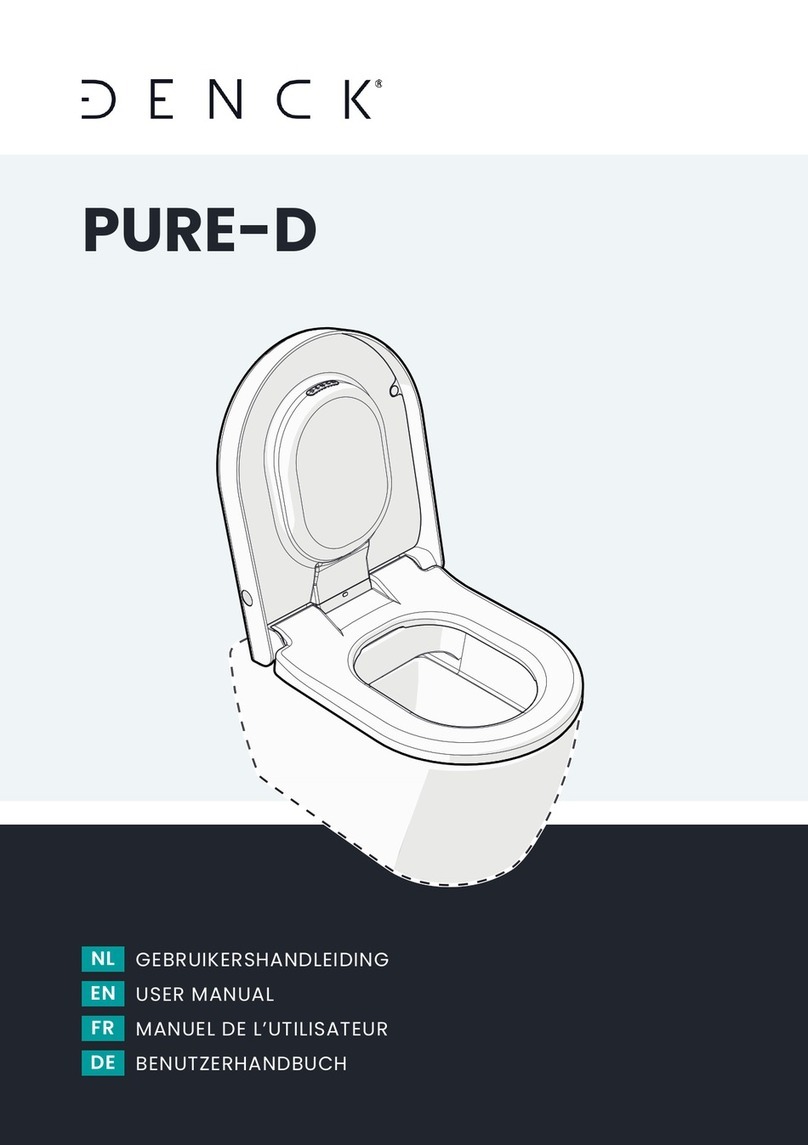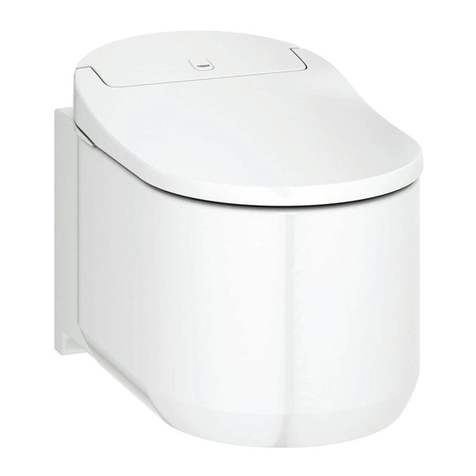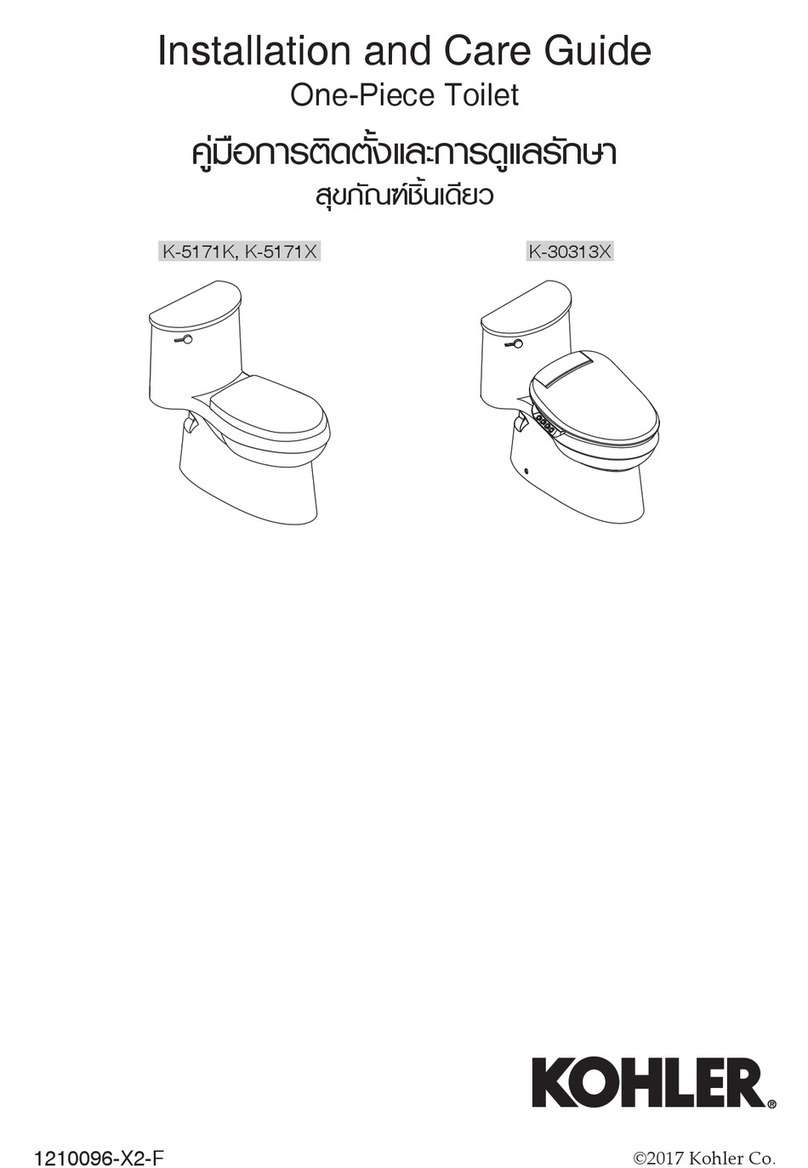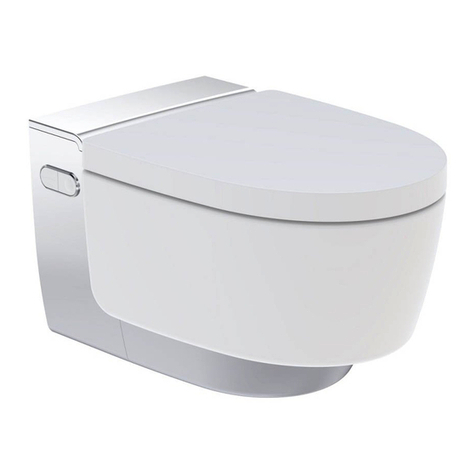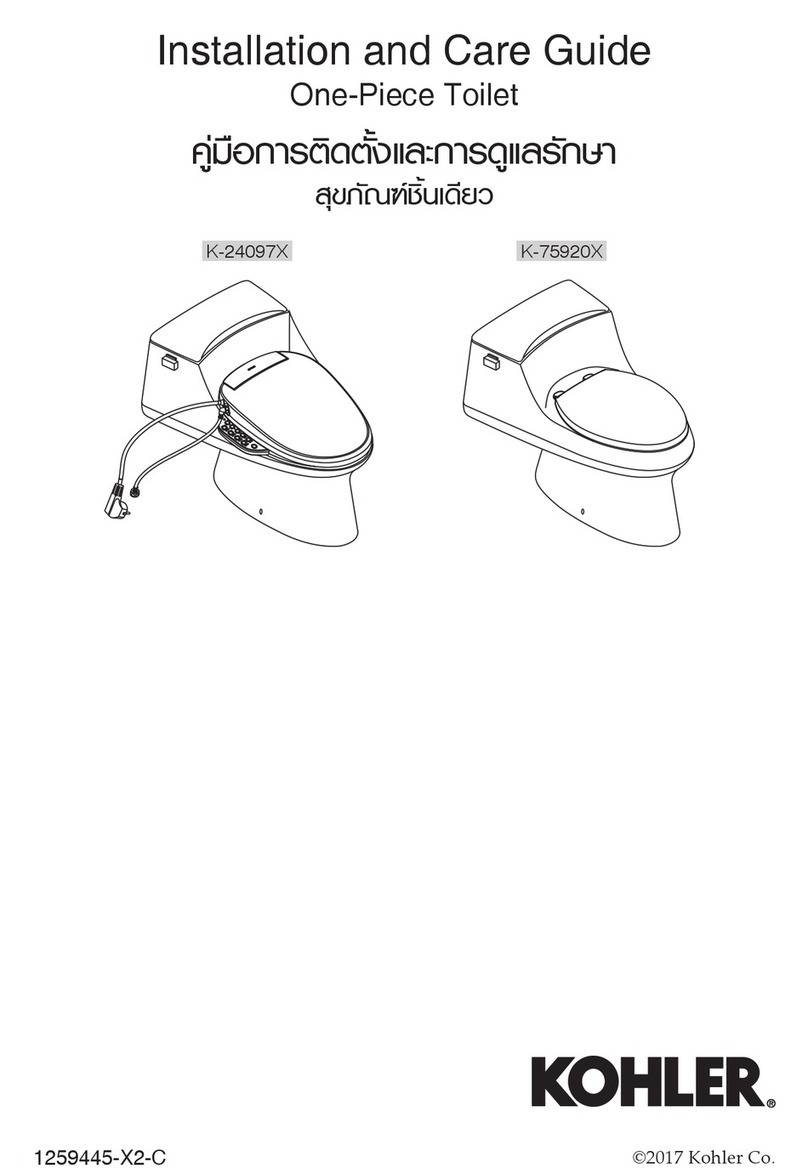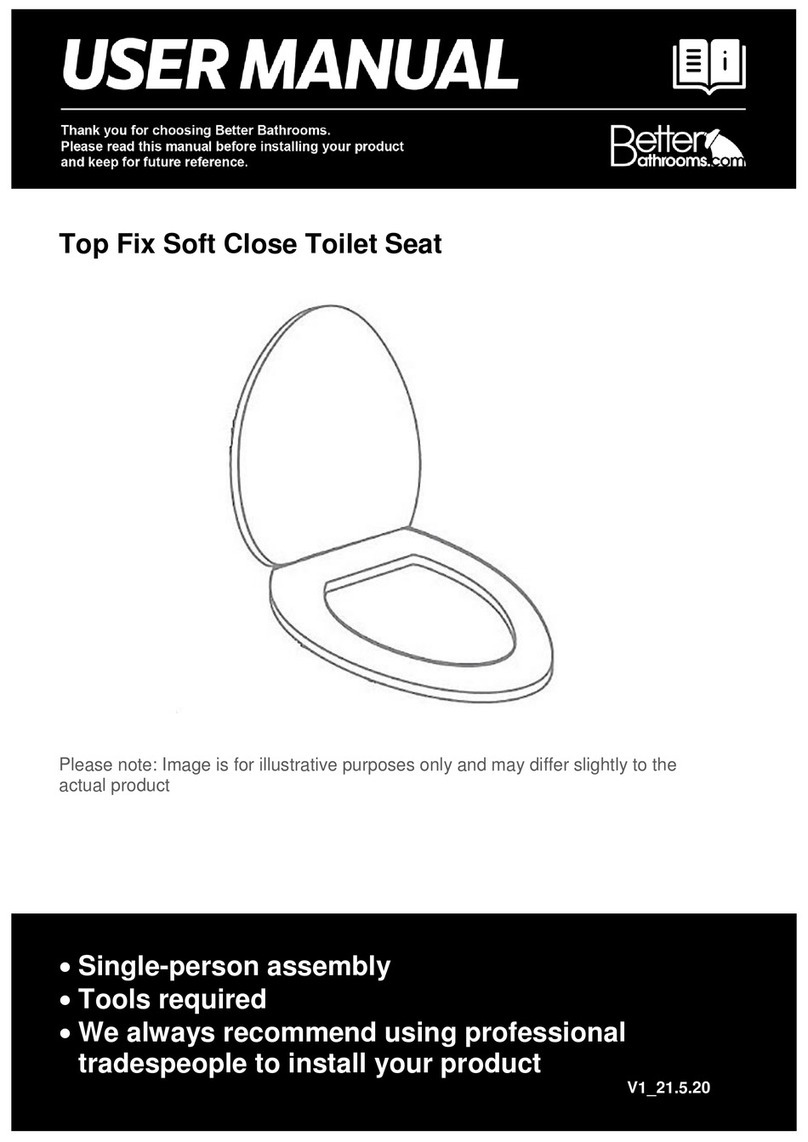Monitoring of TWT
Monitoring of the Tiger Worm Toilets can check for:
1. User acceptance and problems users are facing.
To confirm that the number of users has not increased beyond the design capacity of the TWT
2. Are the toilets used correctly?
The superstructure observations give an indication if the correct toilet usage instructions are being followed, such
as only using water for cleaning.
If the tank smells of bleach or cleaning products, the users need to be reminded that this can kill the worms.
If the tank smells of rotten eggs it suggests that the systems has become anaerobic and that that it is no longer
functioning correctly
3. Filling rate, to check the worms are eating the faeces properly.
If the faeces is building up as a cone then it is not distributing properly and the worms are not able to access it.
There may be a problem with the inlet pipe.
If fresh faeces are building up and covering more surface area then the worms are not processing the faeces fast
enough. If there is >90% coverage of fresh faeces then there may be a problem.
4. Conditions in the toilet, is the environment suitable for worms and how many are inside.
The monitoring system should consist of continuous surveillance of the toilets, a systematic survey and focus
group discussions.
Continuous surveillance
Community mobilisers will be on the ground continuously, and through their routine visits they will have a good
understanding of how the latrines are being used. If the issues they identify can be captured and shared quickly
then they can be dealt with in good time. They will regularly fill out monitoring forms for each of the toilets.
Systematic Survey
Conducting a systematic survey every three months is useful to establish filling rates, trends and provide clear
evidence of the performance of the toilets. Systematically sampling every second toilet can provide
representative information. An example checklist that can be used is included in the Annex 9, pg.74. If the survey
is installed on phones or tablets it is easier to track the data. The checklist does not ask any questions about the
users as some people may not be home when the monitoring takes place.
During the survey photos can be taken inside a selection of the toilets to represent normal conditions and
outliers. These can be used later to make a visual comparison of how things have changed.
Conducting a survey will typically require at least two people: one to fill in the forms whilst another checks inside
the toilets and takes photos.
To understand what is happening inside the toilet, it is necessary to do more than just look inside; a stick can be
used to disturb the surface of the toilet to check the worms are present. This stick needs to be safely disposed of
inside the toilet.
Focus Group Discussions
A sample focus group discussion template is in the Annex 9. Given the personal nature of toilet use, focus group
discussions should be held in small homogenous groups (men, women, children). Initially focus groups should be
held regularly as attitudes and understanding may change quickly and changes are likely to be made as a result.

